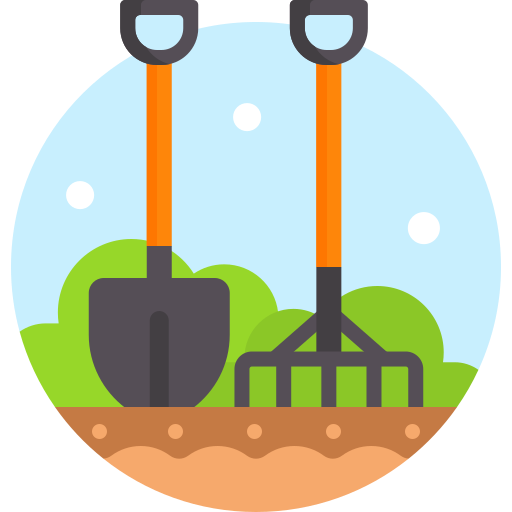For my fellow US Mid-Atlantic gardeners, what and when do you start prepping for the growing season?
For annuals I’m curious what you feel is worth growing from seed and when do you start it?
For perennials I’d like to know what if anything you do mid to late winter.
As for myself I plan to take some cuttings of elderberry and root them indoors. Hoping I can plant them by spring. In later February I plan to prune a peach tree and then attempt my first ever graft using the pruning.
We have 4x raised beds that are 4’ x 8’ and live on the south edge of zone 7.
We start our whole veg garden from seed. It’s not that we grow very eclectic things, but the specific species we like are not available to buy at the garden stores around us.
We tend to have heirloom tomatoes in different sizes and colors, some type of pole bean (last years were purple), a few kinds of peppers including shishitos, mini cantaloupe, carrots, onions, etc. We try to do something the kids are less likely to know visually too, like artichokes. Last year we grew some luffas, although I didn’t realize we were cutting it very close on our growing season.
Edits: I’ll start some seeds pretty soon indoors. Others will go straight in the ground when it’s warm enough.
I’m in the northeast (6a) and I did my winter pruning last weekend, and took the cuttings inside to see if they’ll root. I’ll put tomato seeds in starters probably in early April.
I assume you’ll be a bit ahead of me if you’re in zone 7.
Unfortunately, it’s not really possible to reliably use a timetable to determine when it’s safe to plant anymore. Climate change has drastically shifted the predictability of weather on both coasts in the US in such a short amount of time, even the Master Gardener programs at all the major universities have begun to alter the curriculum to include Defensive Agriculture techniques to combat the massive changes.
Best advice now is to look back at what each month was like over the past few years in your locale, and expect a similar pattern. Start everything indoors, and keep it there until you get a solid week or two of non-frost weather, and stock up on frost and flood protection materials if that’s an option. I know some people have been building portable greenhouses in certain areas as well.
Contact your local agriculture extension and get some advice as well (it’s free!).
Yeah, I’ve been completely ignoring typical timetables. Things like lettuce are hard now because it goes from frost to too hot quickly. I grow heartier greens like kale year round, and I’ve had tomatoes producing fruit into November.
Cold frames have been helpful, as have larger pots for seedlings so I can take them inside for any cold nights while buying a few extra weeks of growth before needing to plant them.
For my area the “last frost date” is usually listed as ~April 20th. However in 2024 it seems the last time it went below freezing was end of February.
I would stick to the 40 degrees or below rule for anything coming directly from seed. It also matters if you’re planting in ground, raised beds, or containers.
If April sounds like a normal planting time to you, start seeds about a month before indoors. If you’re going to be planting fruiting perennials, maybe start 6 weeks out. Biennials: start 4 weeks out, then start new seeds every 2 weeks to keep a rolling schedule. Plant those when you feel the weather is stable, and keep the rolling schedule moving. Doing it this way, you ensure you have backups ready to go if the first seedlings get damaged or killed.

